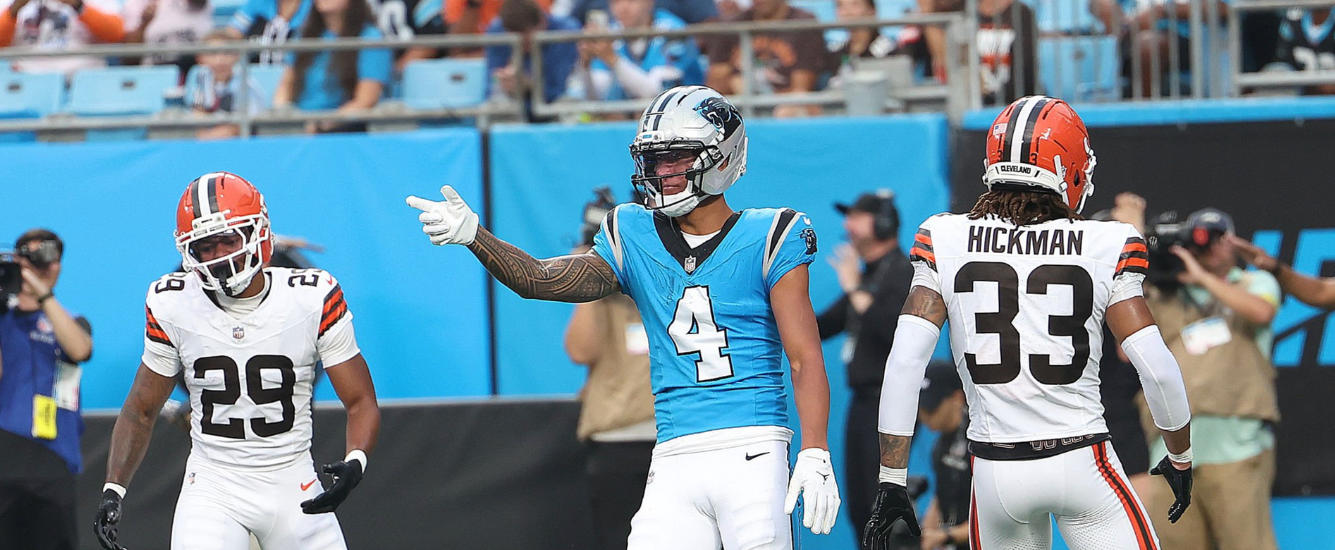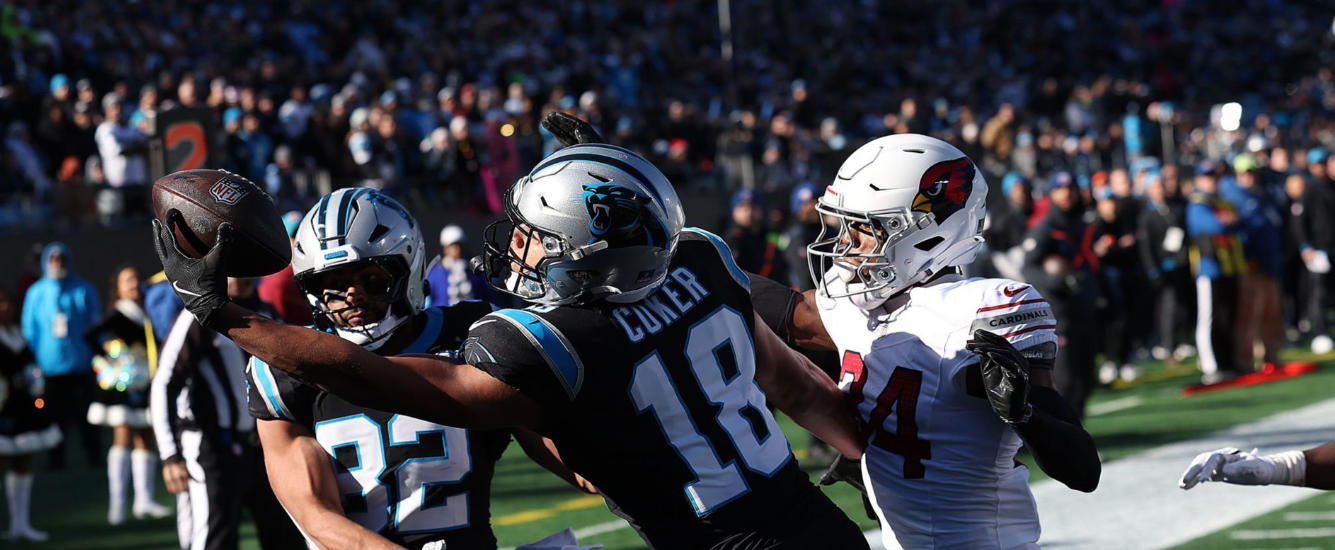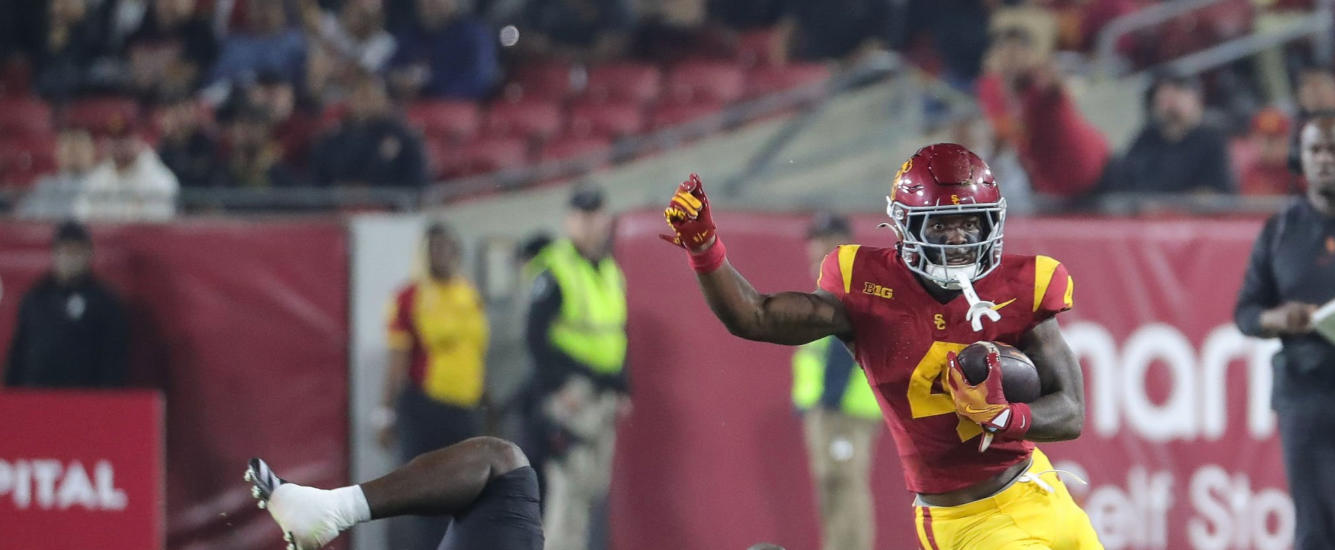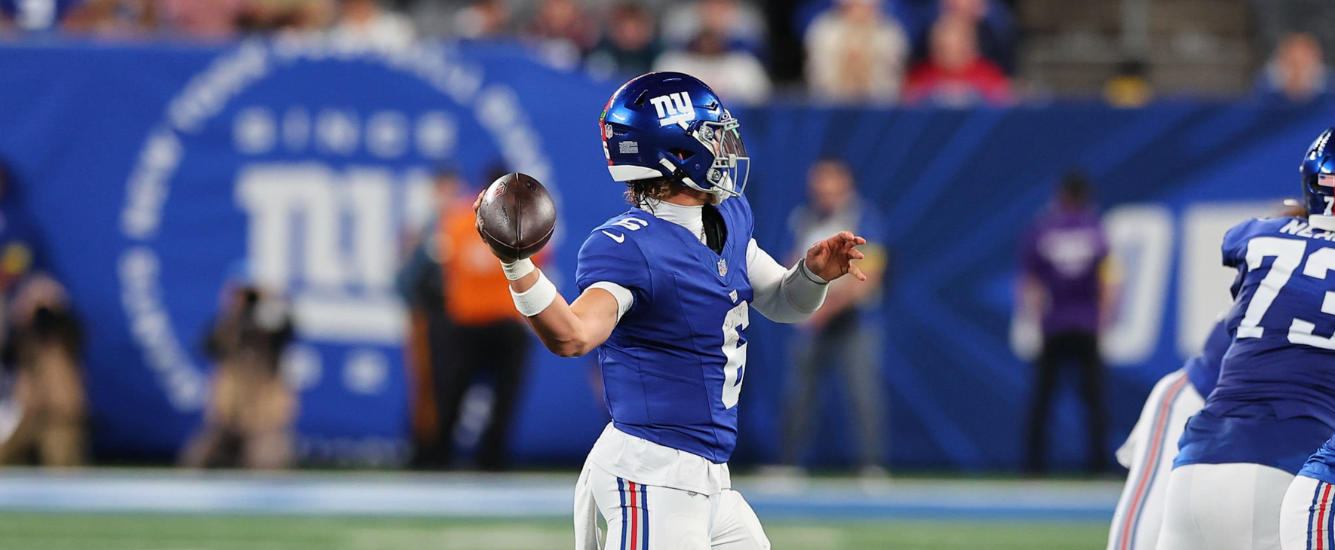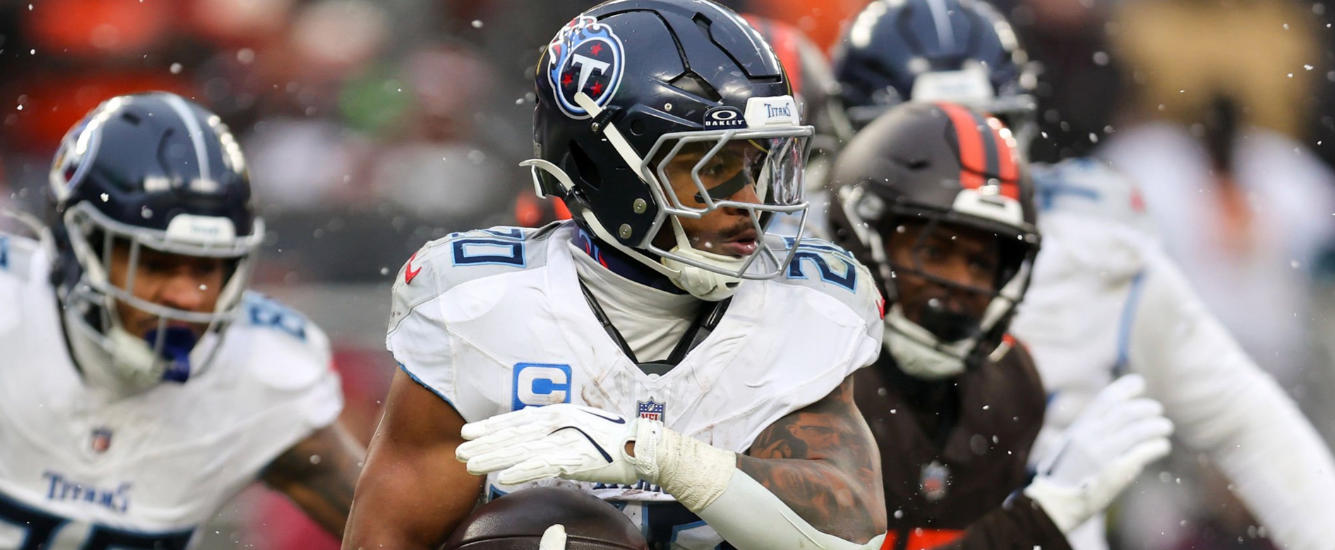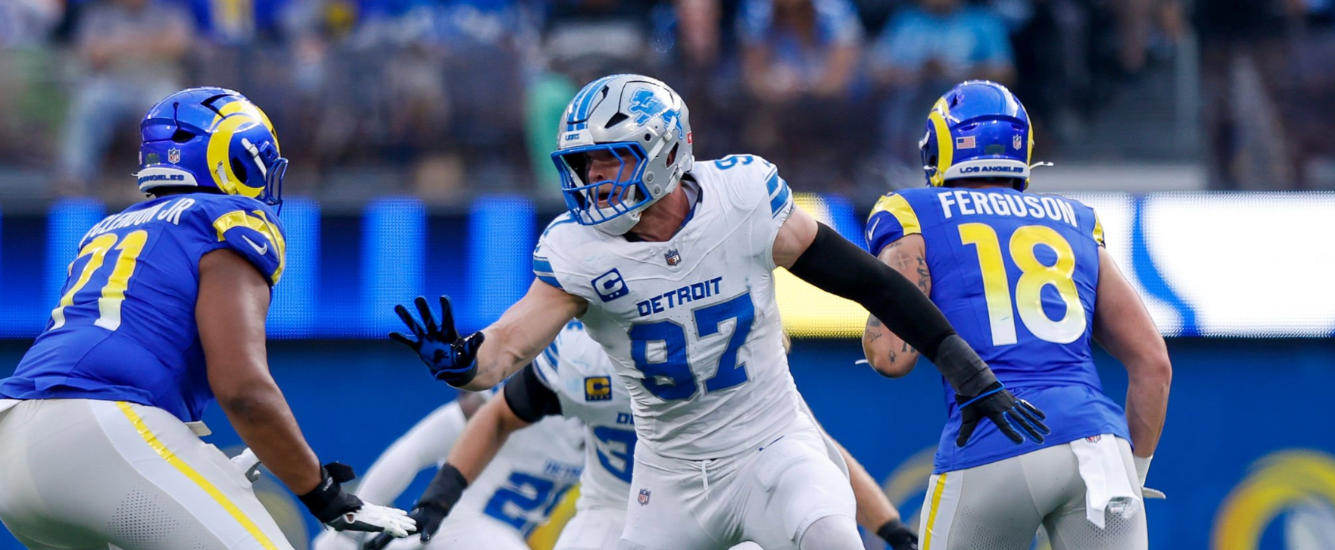Shawn Siegele argues that occasionally simple rules of thumb end up not being so simple.
Understanding the trajectory for players as they move through the NFL can be very important. That’s one of the reasons I so frequently reference Blair’s groundbreaking WR age series.
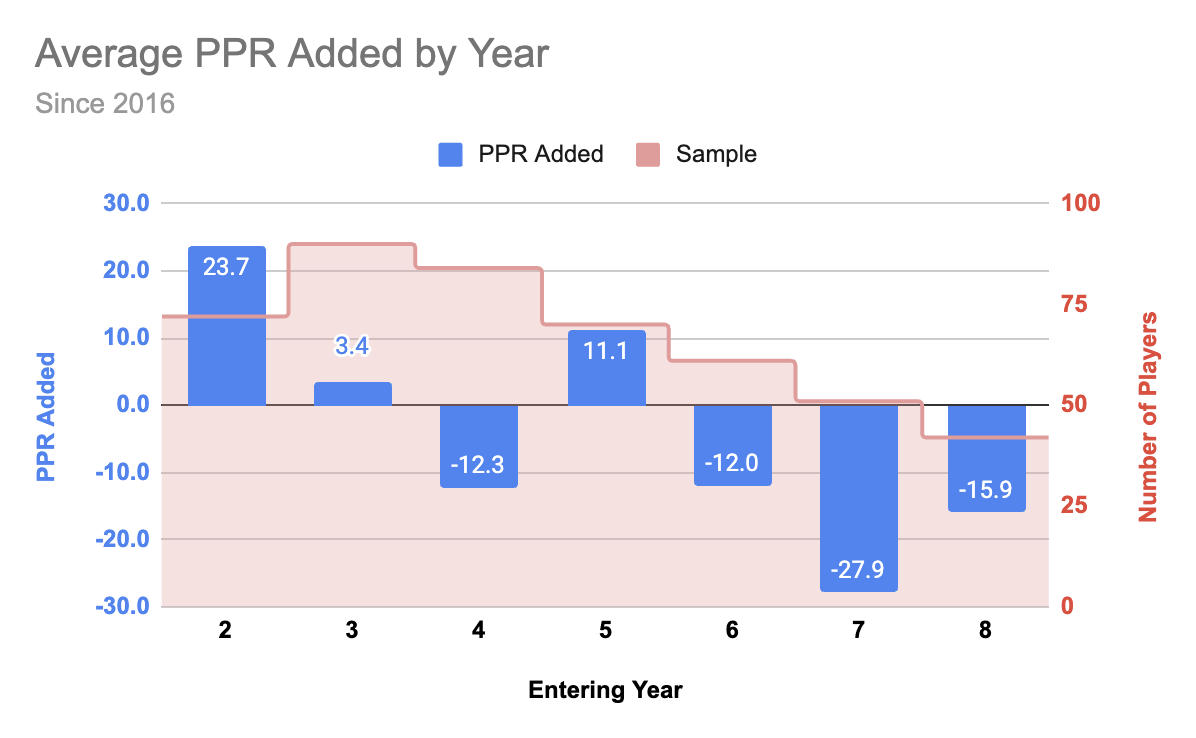
It’s also helpful to understand the role that draft slot plays in establishing a baseline for a player’s likely usage. While Blair and I have often demonstrated that receivers with an elite age- and experience-adjusted production profile will outscore those with poor profiles drafted a full round earlier, it’s helpful to have the full statistical picture to make that claim. Blair recently demonstrated that even sexy stats like yards per route run (YPRR) only help us beat draft position at the very highest percentiles.
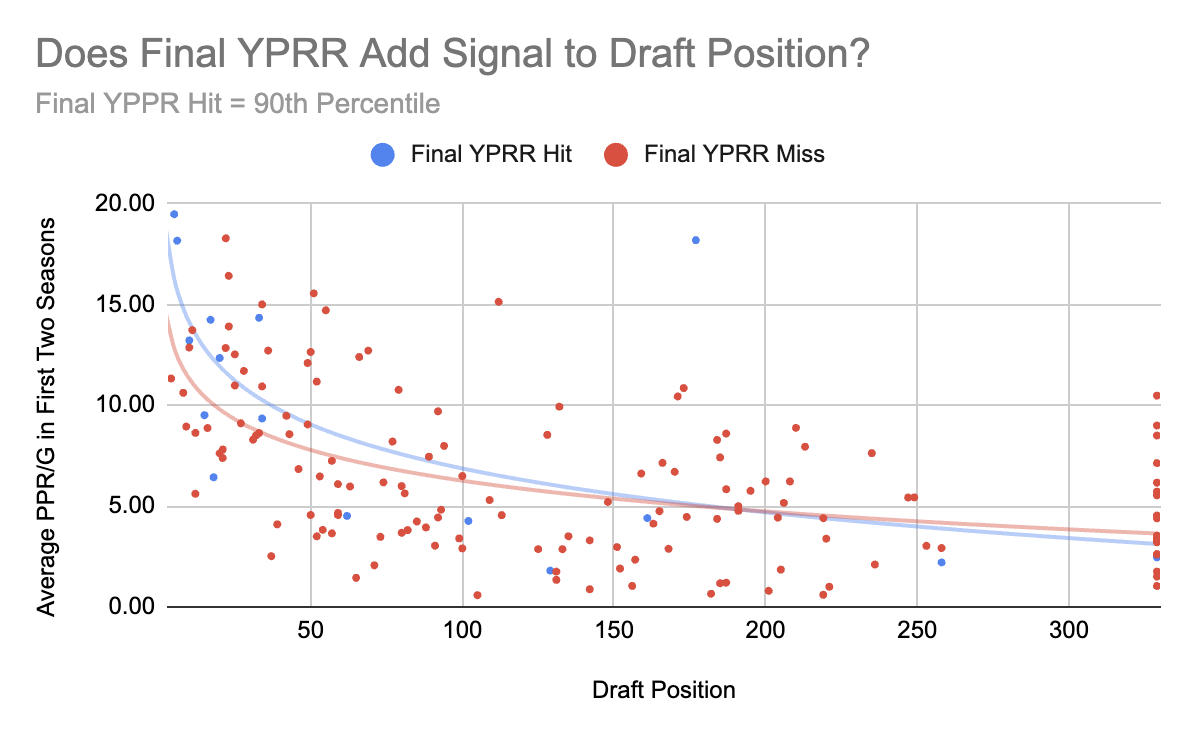
* I strongly recommend reading this piece in its entirety to get a feel for what Blair is telling us here.
In a recent piece I ranked the best college YPRR seasons of recent memory, and explored what understanding a key piece of the overall talent profile might mean when it comes to secondary breakouts for a rising third-year star and a maligned mid-career enigma. And, of course, if you want to understand secondary breakouts, Blair has you covered there as well.
Today’s exercise looks at the running back position and asks a related question: will draft-position-based rules of thumb lead us down the wrong path if we fail to filter for player quality? And, if we refuse to consider each season as its own unique event, will we give away the key advantage to winning the war in front of us?


